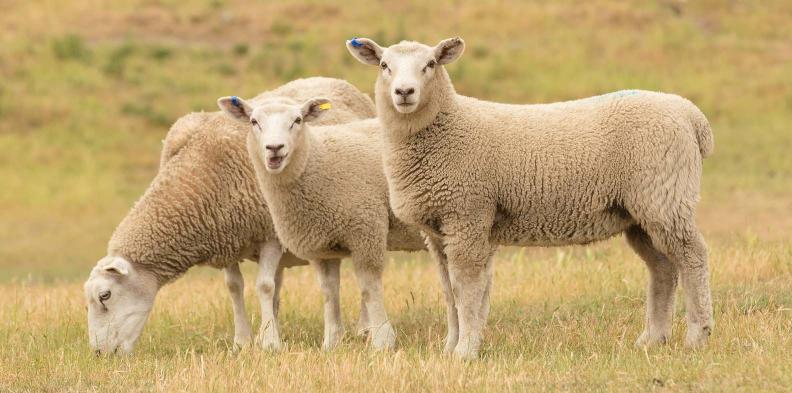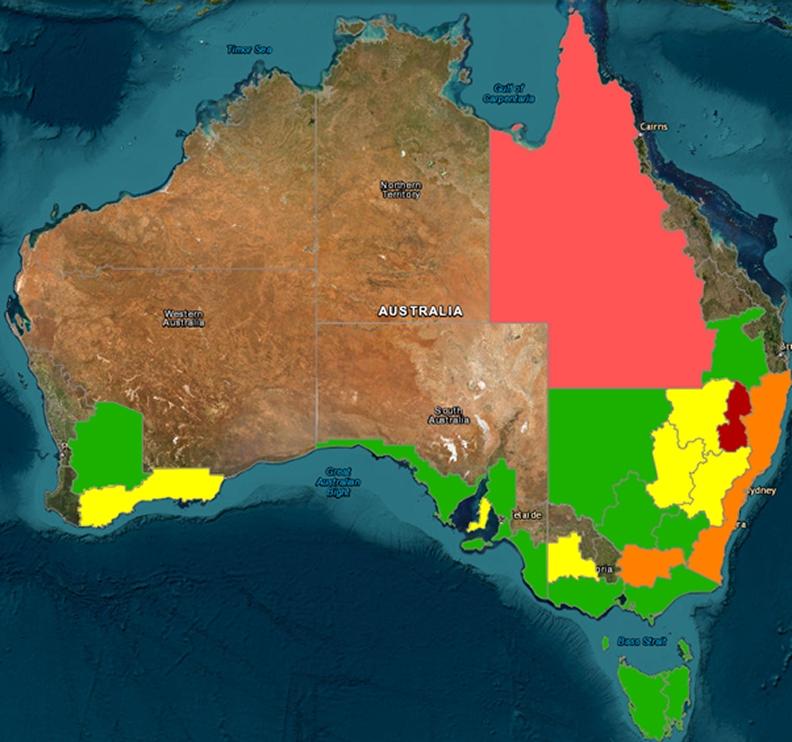

A new resource introduced by Boehringer Ingelheim enables sheep farmers and their advisors to be aware of the worm challenge in their region. The worm heat map, available at livestockfirst.com.au/worm-heat-map, shows the average worm egg (WEC) count across agricultural regions in Australia based on faecal sample testing over the prior month using the FECPAKG2 microscope.
The FECPAKG2 is an innovative tool to make WEC testing simple and quick. The digital microscope takes images of samples from faecal samples to enable egg counting by AI or trained technicians. In a single month, up 700 samples have been submitted across Australia, which is expected to increase as more microscopes come online.
While not designed to be a replacement for WEC testing on-farm, the heat map is useful to highlight the effect of weather patterns on worm challenge. Dr Gareth Kelly, Technical Services Manager at Boehringer Ingelheim explained,
“This was particularly evident over the start of summer, with many regions across NSW returning a higher average WEC. It was a strong indicator that the wet start to summer increased the worm risk. As rain events stalled in some regions during December, we could see risk levels decrease.”
The tool is also handy to benchmark your own WEC results. Along with a visual image of the average WEC for a region, further explanatory text on the website will help benchmark your results.
Understanding how climate affects the parasite lifecycle and the challenge that sheep face is a critical part of implementing a successful worm control strategy.
Another critical component for successful worm management is ensuring that effective drenches are used on your farm and knowing how to use them to maintain efficacy for as long as possible.
Triple-combination drenches, such as Triguard® Triple Combination Drench for Sheep, continue to be highly effective, broad spectrum treatments to control worms and manage resistance. More sheep in Australia get treated with a triple combination drench than any other type of drench1.
“Farmers like the simplicity that Triguard provides to allow drenching to be done the best way” says Dr Kelly.
Research has shown that a triple drench will outlast a rotation strategy or a single or 2-way combination drench2.
“As a triple combination, we are most likely choosing a highly effective drench, even against some resistant strains. And by using a triple combination, we are choosing the most sustainable method to extend the life of the drench actives.”
Triguard has other features that continue to make it Australia’s trusted triple drench.
As an abamectin based triple with three short-acting actives, it doesn’t have the management complexity required to reduce the risk of persistency associated with moxidectin based triple drenches3.
“Drenches with persistent activity give resistant worms a head start in the reproduction cycle. While long-acting drenches have their place, our first option to consider should always be an effective knock down combination treatment.” Says Dr Kelly.
Using a trusted formulation like Triguard also ensures that every sheep, every dose, every time, contains the right amount of all three actives, plus selenium and cobalt. Additionally, knowing that the ESI is 28 days enables sheep to be offloaded with confidence. Other triple drenches on the market may have an ESI of 42 days.”
This worm season, choose Triguard to manage your worm risk to keep your flock healthy and productive.
For more information on Triguard and the worm heat map, visit livestockfirst.com.au.
